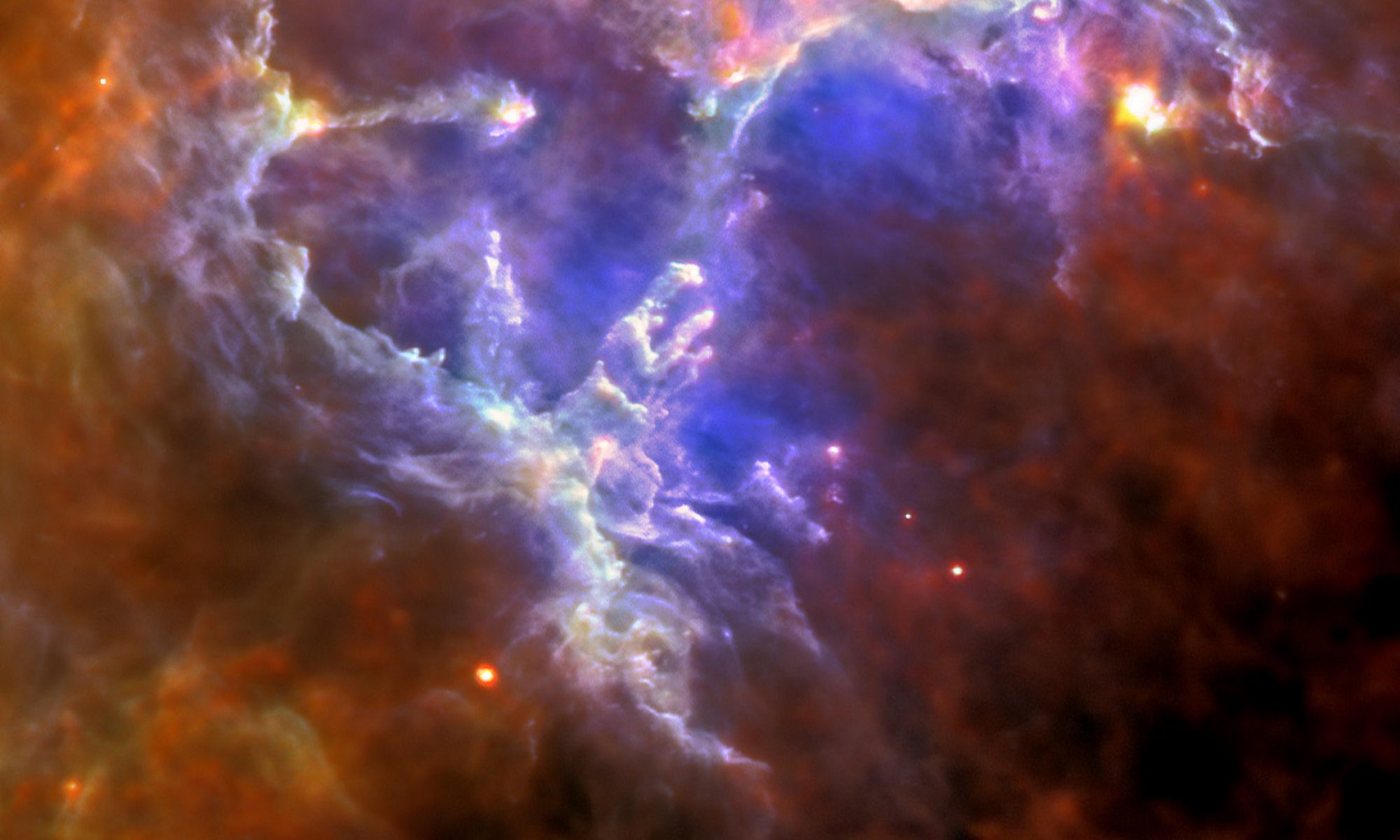Permafrost in the coldest northern Arctic area — formerly thought to be almost unaffected by global warming because of its extreme environment — will thaw enough to become a permanent source of carbon dioxide to the atmosphere in this century. There are people alive today that will see it.
The study was led by scientist Nicholas Parazoo of NASA’s Jet Propulsion Laboratory in Pasadena. They used data on soil temperatures in Northern Alaska and Northern Siberia from the University of Alaska, Fairbanks, with a numerical model to calculate effects from the National Center for Atmospheric Research in Boulder, Colorado. The model calculates changes in carbon emissions as plants grow and permafrost thaws in response to climate change. They assessed when the Arctic will transition to a carbon source instead of the carbon-neutral area it is today where some processes remove about as much carbon from the atmosphere as other processes emit.
Permafrost is soil that has remained frozen for years or centuries under topsoil. It contains organic material, such as leaves, that froze without decaying. When the permafrost temperature rises, decay begins, releasing Carbon Dioxide and Methane. Both are greenhouse gases.
“Some of the very cold, stable permafrost in the highest latitudes in Alaska and Siberia appeared to be sheltered from extreme climate change, and we didn’t expect much impact over the next couple hundred years.” said Parazoo. But the model surprised them. It showed a speed-up of organic decay, at lower than expected temperatures, which caused earlier release greenhouse gases. The peak transition will occur in 40 to 60 years. The study calculated that as thawing continues, by the year 2300, total carbon emissions from this region will be 10 times as much as all human-produced fossil fuel emissions in 2016.
The bottom line is that global warming, as with global cooling that produced the ice ages, is a non-linear process. Once it gets to a certain point, it takes on a life of its own regardless of what humans do. Natural CO2 emissions from the extreme Arctic and the oceans (which are 70% of the world’s surface) will swamp human contributions in a self-sustaining cycle of warming that will continue until their sources are significantly depleted, at which time a new equilibrium will be established.
